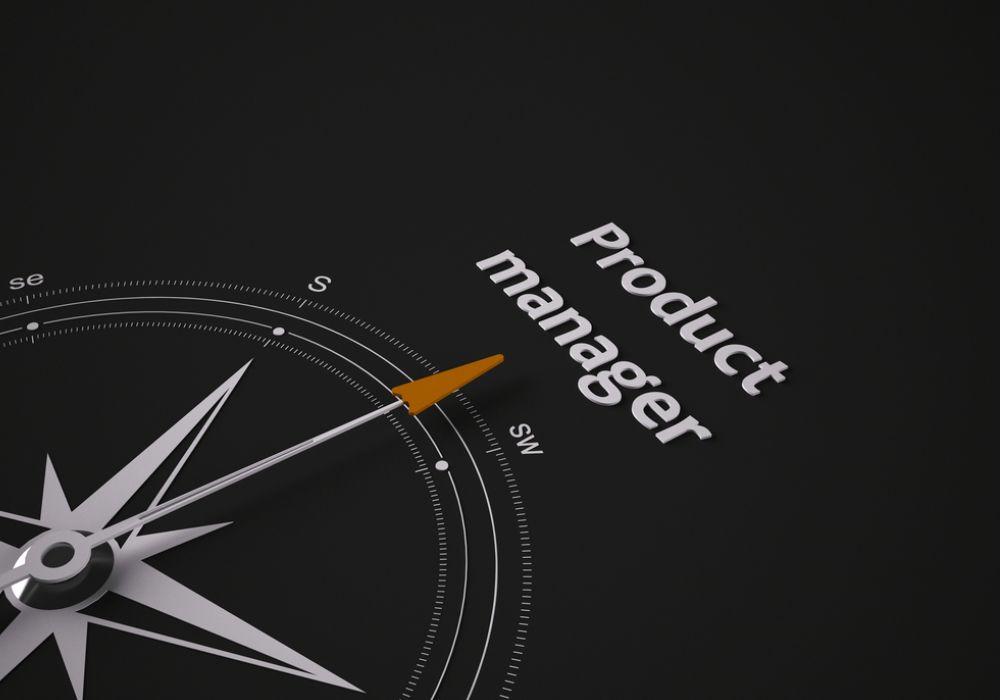
SUMMARY
A Product Manager Has To Work With The Team, Not Above Them
It’s no secret that a product manager has a very difficult job. They are in a position of having to lead, but frequently must do so through influence instead of authority.
At Apptentive, our core focus is helping companies use their mobile app as a vehicle to communicate with and listen to their customers to drive loyalty and revenue, and improve retention. To do this, our engineering and product teams must listen and communicate with each other first — an effort that’s usually easier said than done.
To navigate the difficulty of their position while being effective leaders, product managers are forced to become masters of why. They have to ask why (a lot) and have to be able to clearly explain the “whys” behind their decision. Why is part of a larger skill product managers master: communication. It’s the key to creating synergy with the engineering team.
Product Manager Leadership: Building Trust With Transparency
To successfully lead through influence, product managers must build trust with the engineering team as well as team leaders throughout the organisation. Trust is important in any role, but is particularly important for product managers, because even though they aren’t direct managers, they’re asking engineers to do specific tasks.
Engineers not only spend their time and energy on these tasks, but become emotionally invested in the work they’re doing. They need to be able to trust that these requests are for good reason.
The best and quickest way for product managers to build trust is by being transparent in their decisions. One of the reasons transparency is so important is that most engineers, by nature, are extremely logical people. Because of this, engineers want to see the logic that led to a product manager’s decision clearly laid out, and whenever possible, the quantifiable outcome of the decision being made. The better product managers get at engaging with engineers in an open and logical way, the more synergy they’ll create, and the more successful they’ll be in executing their role.
Sometimes, there isn’t going to be strong logic that points to a certain decision. In this case, product managers are left to rely on their intuition. In my experience, “intuition” isn’t a word engineers are very comfortable with until they come to trust the person relying on it. Ideally, there is enough trust built up between product managers and the engineering team that when a product manager explains their decision is based on intuition, everyone is comfortable with it. That being said, it’s important to point out that it’s extremely dangerous for product managers to make a call based on intuition alone and masquerade the decision as if they’ve done a bunch of research, and vice versa.
Fostering Synergy Through Conflict Management
Conflict is unavoidable in life, including the workplace. Office conflict can be constructive or destructive. In most cases, however, I think it’s fair to say that a reduction in internal conflict fosters more synergy between individuals and teams. Product managers are responsible for anticipating and addressing conflict before it arises. Ideally, teams are able to come to an agreement about the best strategy prior to conflict, but that’s not always going to be possible 100 percent of the time.
In these instances, it’s the product manager’s job to lead the team through the process of hashing out disagreements in a constructive manner to move the product forward. The best product managers are able to successfully manage conflict because they’re skilled at working with a lot of personality types. The old adage “you can catch more flies with honey than with vinegar” holds true for both product managers and engineers.
In addition to strong communication, product managers and engineers need to have a proper understanding of where everyone stands. Product managers ultimately hold more weight — at least when it comes to a value proposition, feature prioritisation, customer needs etc.
This is why it’s necessary for engineers to understand that, even if they disagree, they should give product managers the benefit of the doubt, keeping in mind that the product manager has more context about how the feature is going to be used, and defer to that. However, this doesn’t give product managers permission to make executive decisions without taking the time to help the engineering team understand why and how they came to the decisions they made.
Empathy Is Key
The more trust a product manager can build, the more cohesive and synergistic the team will be. Shadowing can serve as a useful practice to help both product managers and engineers develop empathy for each other. Inviting engineers to hear and observe the product manager having to pick the lesser of the two evils will help engineers understand product managers’ jobs better.
On the flip side, inviting a product manager to shadow engineers will help them understand the trade-offs between different implementations, and how complexity and uncertainty play a role in determining the best path for completing a feature. This mutual empathy will build trust, and in turn, foster synergy within the team.
A product managers has to understand how to manage all of the different teams in the organisation to achieve the desired outcome. This requires the mastery of communication, a lot of empathy and a deep understanding of the organisation (from the people within, to the product or service, to the customer). But what’s ultimately going to push the team forward to new heights? The creation of internal synergy — and it all starts with a product manager.
[This post first appeared on the Business Collective – an initiative of Young Entrepreneur Council, which is a free virtual mentorship programme that helps millions of entrepreneurs start and grow businesses.]


























